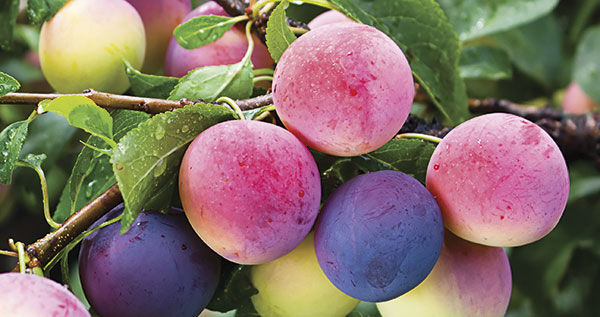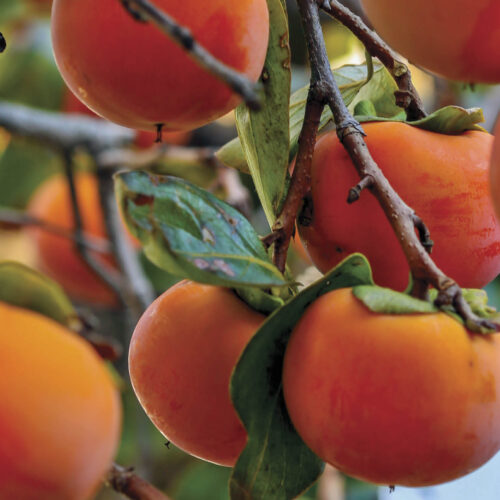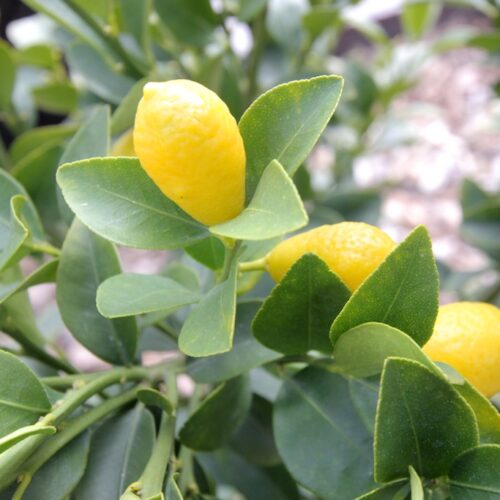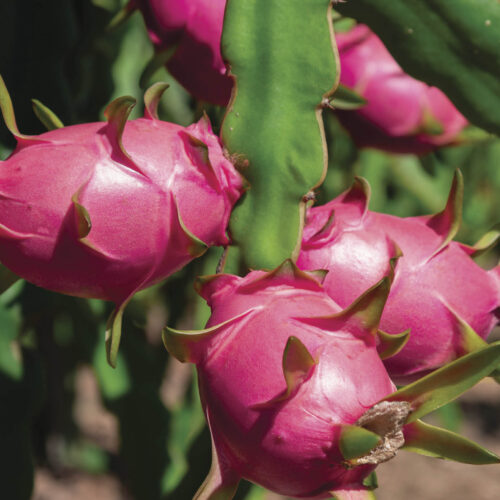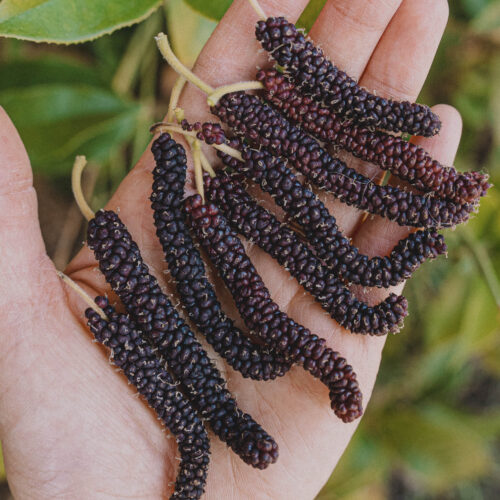More Rare Fruits
2013-01-26T03:48:41+11:00
Growing your own rare and unusual fruit provides luscious rewards and helps conserve endangered varieties. Justin Russell profiles some of the rare fruits available for cultivating in Australian gardens.
Growing rare and unusual fruit provides luscious rewards and helps conserve endangered varieties.
Some more unusual varieties suited to Australian gardeners include dwarf coconuts, black sapote and desert limes. Justin Russell gives us the low-down on these rare fruit.
Dwarf Coconut (Cocos nucifera)
Suits: Subtropical and tropical regions
Coconut palms are more diverse than many people realise, and among the 780 named varieties, a number have dwarfing characteristics that make them ideally suited to the home fruit grower. At maturity these dwarf palms reach a height of between five and 12 metres, though their lifespan is about half that of ‘talls’. Bearing generally begins within four years.
Dwarf coconuts like free-draining soil and perform best when planted in a deeper than normal hole. Mulch heavily. Varieties including ‘Malay Gold’ and ‘Red Spicata’ are worth a try in coastal gardens from Coffs Harbour to Geraldton.
Black Sapote (Diospyros digyna)
Suits: Tropical, subtropical and warm temperate regions
The chocolate pudding fruit, as it’s commonly known, is a subtropical relative of the persimmon hailing from Mexico. In a similar fashion to its oriental cousins, black sapote should be picked green and brought indoors to soften for a few days prior to eating. When ripe, the fruit is cut in half to reveal intensely dark flesh, which is scooped out with a spoon.
The chocolate pudding name refers more to the colour of the flesh than the flavour, which is sweet but not convincingly chocolatey. As for the plant, it forms a small decorative tree to about eight metres, but isn’t anywhere near as frost tolerant as deciduous persimmons.
Desert Lime (Citrus glauca)
Suits: Arid, subtropical, and warm and cold temperate regions
Australia boasts many fruiting plants among its indigenous flora, but sadly, people still associate native fruit with bush food, and fear that it will be unpalatable. Western Queensland’s desert lime is anything but. It’s a delicious native citrus that is superbly adapted to arid climates, where it tolerates heat, drought and frost.
The thorny shrub produces a mass of highly fragrant flowers in late winter, and bears heavy crops (up to 30kg per plant) of marble-sized fruit. These are ready to be picked by November, have an intense piquant lime flavour, and don’t need to be peeled.

